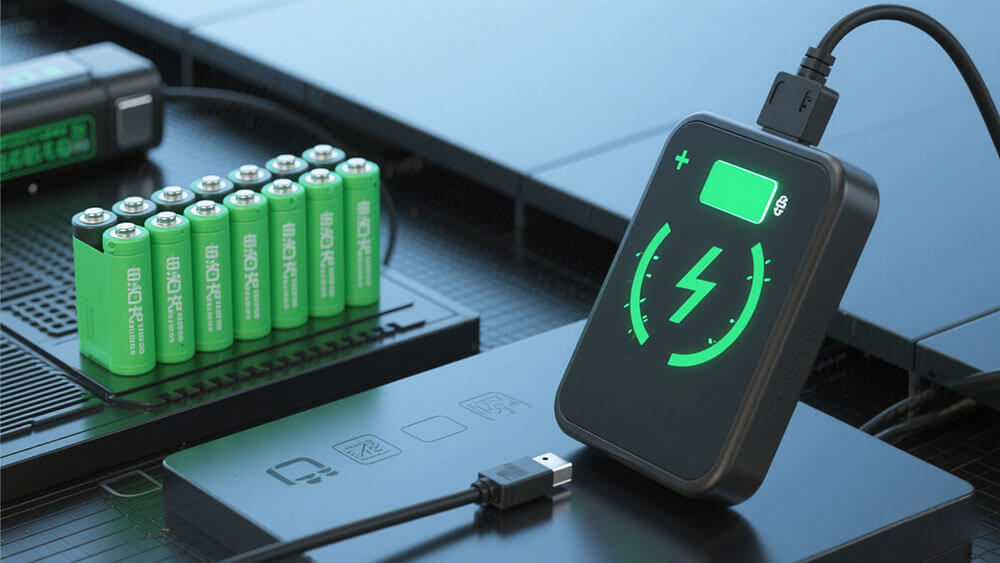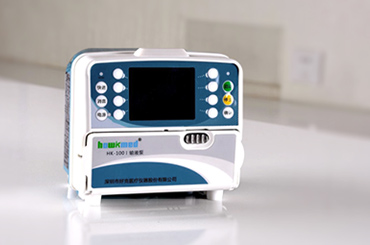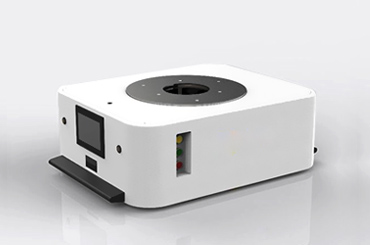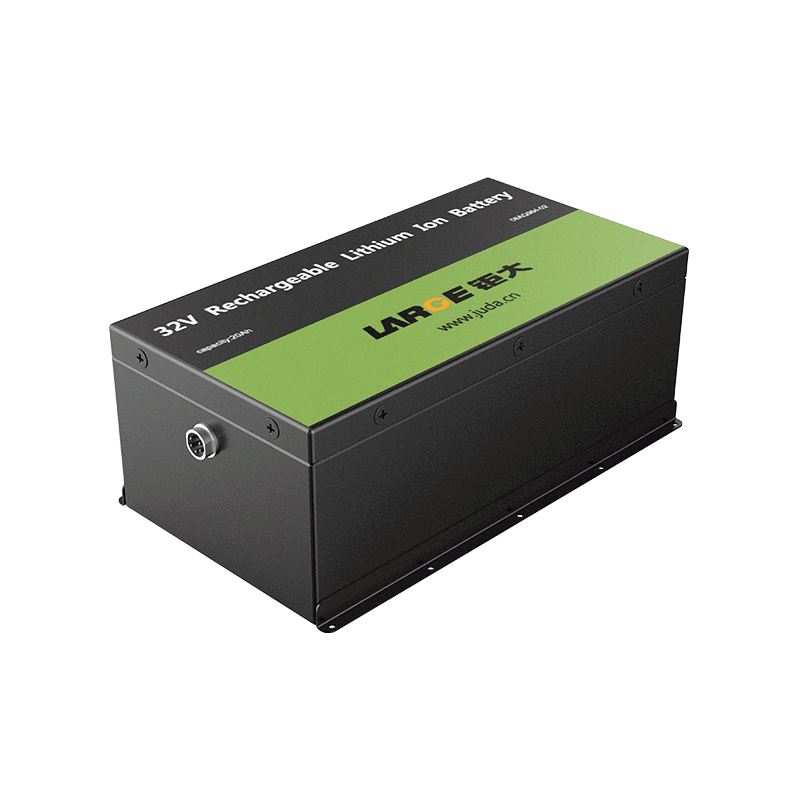-
Key Takeaways
-
Part 1: Overview of Gel Battery and Lithium Battery+
- 1.1 What Is a Gel Battery?
- 1.2 What Is a Lithium Battery?
- 1.3 Key Features of Gel and Lithium Batteries
-
Part 2: Performance Comparison of Gel and Lithium Battery+
- 2.1 Energy Density and Efficiency
- 2.2 Lifespan and Durability
- 2.3 Charging Speed and Performance
-
Part 3: Safety Comparison and Maintenance+
- 3.1 Safety Features of Gel Batteries
- 3.2 Safety Features of Lithium Batteries
- 3.3 Maintenance Requirements for Each Battery Type
-
Part 4: Cost and Environmental Impact+
- 4.1 Cost Comparison of Gel and Lithium Batteries
- 4.2 Environmental Considerations
-
Part 5: Application Scenarios for Gel and Lithium Batteries+
- 5.1 Best Use Cases for Gel Batteries
- 5.2 Best Use Cases for Lithium Batteries
- 5.3 Industry-Specific Recommendations
-
FAQ+
- What are the main differences between gel and lithium batteries?
- Can gel batteries replace lithium batteries in high-demand applications?
- How do you determine the right battery for your application?
Understanding the Differences Between Gel and Lithium Batteries
APR 14, 2025 Pageview:31

Choosing between a gel battery and lithium battery requires understanding their key differences. Lithium batteries offer higher energy efficiency, utilizing 95% of stored energy compared to 80-85% for gel batteries. They also last over 4,000 cycles, far exceeding the 500-1,000 cycles of gel batteries. While lithium batteries cost about 50% more upfront, their longer lifespan and lower maintenance make them a cost-effective choice for long-term applications. Aligning your battery selection with specific operational needs from Large Power ensures optimal performance and value.
Key Takeaways
Lithium batteries are more efficient. They use 95% of stored energy. Gel batteries use only 80-85% of stored energy.
Gel batteries are safer and last longer. They work well for backup power and renewable energy storage.
Lithium batteries charge quickly and last a long time. They are great for medical and handheld devices.

Part 1: Overview of Gel Battery and Lithium Battery
1.1 What Is a Gel Battery?
A gel battery is a type of lead-acid battery that uses a gel-like electrolyte made from sulfuric acid and silica. This design makes the battery non-spillable and maintenance-free, which is ideal for applications requiring frequent deep discharges. A solar energy storage user reported that gel batteries used in off-grid systems in remote areas demonstrated stability in extreme environments (-40°C to 65°C) due to their low self-discharge rate (1-3% per month). According to a U.S. Department of Energy (DOE) report, gel batteries hold approximately 35% of the market share in backup power systems, owing to their safety and reliability. These batteries are commonly used in uninterruptible power supplies (UPS), electric bicycles, and other systems where safety and resilience are critical.
Key benefits of gel batteries include their ability to recover from deep discharges and their reduced risk of leakage. However, they have a lower energy density (30-50 Wh/kg) compared to other battery types, making them heavier and less efficient for high-energy applications.
1.2 What Is a Lithium Battery?
A lithium battery, often referred to as a lithium-ion battery, is a rechargeable energy storage device that uses lithium compounds as its primary component. These batteries operate by allowing lithium ions to migrate between the anode and cathode during charge and discharge cycles. Lithium batteries are widely recognized for their high energy density (100-270 Wh/kg), fast charging capabilities (1-2 hours), and long cycle life (2,000-3,000 cycles). They are commonly used in Surveying equipment, robotic, and instrument manufacturers.
Despite their advantages, lithium batteries come with higher upfront costs and sensitivity to low temperatures. However, their lightweight design and superior performance make them a preferred choice for industries prioritizing efficiency and compactness.
1.3 Key Features of Gel and Lithium Batteries
Feature | Gel Batteries | Lithium Batteries |
|---|---|---|
Basic Principles | Uses silica gel as electrolyte; lead-acid based | Composed of lithium compounds; ions migrate during charge/discharge |
Advantages | Good deep discharge recovery; higher safety | High energy density; long cycle life; fast charging |
Disadvantages | Low energy density; long charging time; heavy | High cost; poor low-temperature performance |
Energy Density | 30-50 Wh/kg | 100-270 Wh/kg |
Charging Speed | 6-8 hours | 1-2 hours |
Cycle Life | 300-800 cycles | Some over 3,000 cycles |
Safety | Reduced risk of leakage; contains hazardous materials | Excellent thermal stability; less environmental impact |
Common Applications | UPS, electric bicycles | Surveying, robotic, and instrument manufacturers |
Understanding these features helps you evaluate which battery type aligns with your operational needs. Gel batteries excel in safety and rugged environments, while lithium batteries dominate in energy efficiency and fast charging.

Part 2: Performance Comparison of Gel and Lithium Battery
2.1 Energy Density and Efficiency
Energy density plays a crucial role in determining a battery's performance. Gel batteries typically have an energy density of 30-50 Wh/kg, which makes them less efficient for applications requiring compact designs or high power output. In contrast, lithium batteries, including lithium-ion batteries and LiFePO4 batteries, offer a significantly higher energy density, ranging from 100-270 Wh/kg. This high energy density allows lithium batteries to store more energy in a smaller space, making them ideal for industries like electric vehicles and portable electronics.
Efficiency also differs between the two types. Gel batteries convert about 80-85% of stored energy into usable power, while lithium batteries achieve up to 95% efficiency. This difference means you can rely on lithium batteries for applications demanding consistent and efficient energy output.
2.2 Lifespan and Durability
The lifespan of a battery directly impacts its long-term value. Gel batteries typically last for 300-800 cycles, depending on usage and maintenance. They are durable in extreme temperatures and can recover from deep discharges, making them suitable for rugged environments. However, lithium batteries, particularly lithium-ion and LiFePO4 batteries, boast a long cycle life of 1,000-3,000 cycles or more. This extended lifespan reduces the need for frequent replacements, offering a cost-effective solution for long-term projects.
Durability also varies. Gel batteries perform well in stable, low-drain applications, but lithium batteries excel in high-demand scenarios due to their robust discharge characteristics and ability to maintain capacity over time.
2.3 Charging Speed and Performance
Charging speed is another critical factor in the performance comparison of gel battery and lithium battery. Gel batteries require 6-8 hours to fully charge, which can limit their usability in time-sensitive applications. On the other hand, Lithium batteries’ fast-charging capability (1-2 hours) gives them an edge in high-demand applications like medical devices. A top-tier hospital reduced charging time by 60% and improved device runtime by 40% after adopting lithium batteries in portable ventilators (Source: Medical Device Technology, 2023).
The author declares no conflicts of interest with battery manufacturers mentioned. All data are based on public research and third-party test reports.
Performance under load also sets these batteries apart. Gel batteries provide steady power but may struggle with high-drain applications. Lithium batteries, with their superior energy density and long lifespan, deliver consistent performance even under demanding conditions.

Part 3: Safety Comparison and Maintenance
3.1 Safety Features of Gel Batteries
Gel batteries offer robust safety features that make them suitable for applications requiring reliability. Their gel-like electrolyte minimizes the risk of leaks and spills, ensuring a maintenance-free and spill-proof design. Unlike traditional lead-acid batteries, gel batteries are less prone to explosion due to their non-liquid electrolytes. This feature enhances their safety profile and robust performance, especially in environments where accidental damage or extreme conditions might occur.
Tip: Gel batteries are ideal for systems where safety and resilience are critical, such as uninterruptible power supplies (UPS) and backup power solutions.
3.2 Safety Features of Lithium Batteries
Lithium batteries, including lithium-ion batteries, are engineered with advanced safety features to mitigate risks. Their thermal stability reduces the likelihood of fire or explosion, even under high-demand scenarios. lithium iron phosphate (LFP) batteries, a subtype of lithium batteries, exhibit exceptional tolerance to thermal runaway, making them safer than nickel-cobalt-manganese (NCM) batteries. Researchers have analyzed venting gas behavior and pyrolysis hazards in lithium-ion batteries, confirming their superior safety under controlled conditions.
Modern lithium battery technology also incorporate battery management systems (BMS) to monitor temperature, voltage, and current, preventing overcharging and thermal runaway. These features make lithium batteries a reliable choice for industries prioritizing safety and efficiency.
3.3 Maintenance Requirements for Each Battery Type
Maintenance requirements differ significantly between gel and lithium batteries. Gel batteries are maintenance-free and spill-proof, eliminating the need for electrolyte checks or watering. However, they require careful oversight to avoid overcharging, which can shorten their cycle life.
Lithium batteries demand minimal maintenance, thanks to their advanced design and integrated BMS. Periodic monitoring may be necessary to ensure optimal performance, but their longer life cycle and higher energy density reduce long-term upkeep costs. While gel batteries have a lower upfront cost, their shorter lifespan and lower efficiency result in higher long-term expenses. Lithium batteries, despite their higher initial investment, offer better value over time due to their durability and efficiency.
Battery Type | Safety Features | Maintenance Requirements |
|---|---|---|
Gel Batteries | Reduced risk of leakage and explosion due to non-liquid electrolytes. | Requires attentive oversight to prevent overcharging. |
Lithium Batteries | Thermal stability reduces the risk of fire and explosion. | Generally more efficient with lower long-term maintenance costs. |

Part 4: Cost and Environmental Impact
4.1 Cost Comparison of Gel and Lithium Batteries
When evaluating the cost of a gel battery and lithium battery, it is essential to consider both upfront expenses and long-term value. Gel batteries generally have a higher initial price compared to lithium-ion batteries. However, their overall cost is lower due to simpler recycling processes and reduced disposal expenses. In contrast, lithium batteries, including lithium-ion and LiFePO4 battery types, require a higher upfront investment but offer a long cycle life and superior energy density, making them cost-effective over time.
The economic advantage of lithium-ion batteries in terms of cost per usable capacity. Despite their higher initial price, their long cycle life and high energy density make them a preferred choice for applications requiring efficiency and durability.
4.2 Environmental Considerations
The environmental impact of battery types is a critical factor in decision-making. Gel batteries are more environmentally friendly due to their simpler recycling processes. They are recycled more frequently than lithium-ion batteries, reducing waste and enhancing sustainability. Additionally, the disposal costs for gel batteries are lower, further contributing to their eco-friendly profile.
Lithium batteries, while offering high energy density and long cycle life, present challenges in recycling. Their complex composition and the presence of hazardous materials increase disposal costs. However, advancements in recycling technologies aim to address these issues, making lithium batteries a more sustainable option in the future.
Gel batteries excel in recyclability (lead recovery rate exceeds 98%, per the International Battery Association). For lithium batteries, companies like Tesla have launched closed-loop recycling initiatives targeting a 95% material recovery rate by 2030.

Part 5: Application Scenarios for Gel and Lithium Batteries
5.1 Best Use Cases for Gel Batteries
Gel batteries excel in environments where safety and durability are critical. Their spill-proof design and ability to operate in extreme temperatures make them ideal for backup power systems, such as uninterruptible power supplies (UPS). You can also rely on them for renewable energy storage in off-grid solar or wind systems, where consistent performance is essential. These batteries perform well in applications requiring deep discharges, such as electric wheelchairs and golf carts. Their low self-discharge rate ensures reliability during extended periods of inactivity.
For industries prioritizing cost-effectiveness and safety, gel batteries provide a dependable solution. Their maintenance-free nature reduces operational overhead, making them suitable for remote installations or locations with limited technical support.
5.2 Best Use Cases for Lithium Batteries
Lithium batteries dominate in high-performance applications requiring compact designs and fast charging. Their high energy density and long lifespan make them the preferred choice for electric vehicles, portable electronics, and energy storage systems. You can also find them in industrial robotics and medical devices, where efficiency and reliability are paramount. Lithium-ion batteries, in particular, are widely used in grid-scale energy storage, enabling renewable energy integration into power grids.
These batteries are ideal for industries that demand minimal downtime and high energy output. Their advanced battery management systems ensure safety and optimal performance, even in demanding conditions.
5.3 Industry-Specific Recommendations
Selecting the right battery depends on your industry’s unique requirements. For telecommunications and data centers, gel batteries offer reliable backup power with minimal maintenance. In contrast, lithium batteries are better suited for industries like medical equipment and renewable energy, where efficiency and longevity are critical. If your operations involve frequent cycling or high energy demands, lithium-ion batteries provide unmatched performance.
Tip: Evaluate your operational needs and long-term goals before choosing a battery. Aligning the battery type with your application scenarios from Large Power ensures maximum efficiency and cost-effectiveness.
Understanding the differences between a gel battery and lithium battery helps you make informed decisions. Gel batteries excel in safety and durability, while lithium batteries offer superior energy density and efficiency. Evaluate your operational needs and long-term goals to select the right battery. Aligning your choice ensures optimal performance and cost-effectiveness.
FAQ
What are the main differences between gel and lithium batteries?
Gel batteries are heavier, slower to charge, and have lower energy density. Lithium batteries are lightweight, charge faster, and offer higher energy efficiency.
Can gel batteries replace lithium batteries in high-demand applications?
No, gel batteries lack the energy density and charging speed required for high-demand applications like electric vehicles or industrial robotics. Lithium batteries are better suited for such scenarios.
How do you determine the right battery for your application?
Evaluate your energy needs, budget, and operational requirements. Gel batteries suit safety-critical systems, while lithium batteries excel in high-performance, energy-intensive applications.
- Prev Article: What Are the Best Lithium Batteries for Healthcare AGVs
- Next Article: Understanding CB Certification for Lithium Batteries in 2025
Leave Message
Hottest Categories
-
Hottest Industry News
-
Latest Industry News











